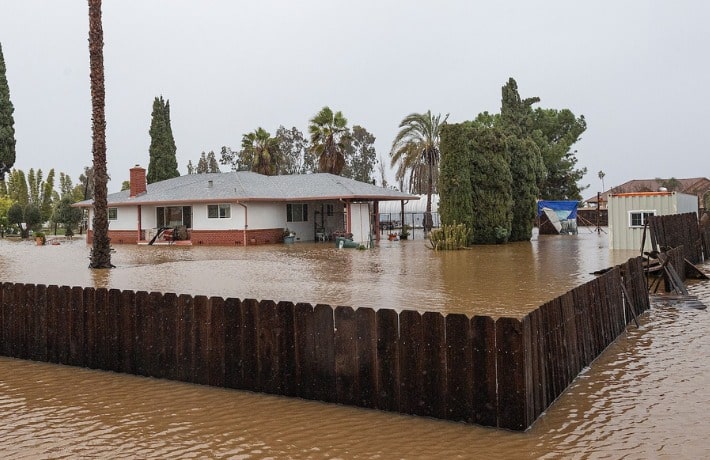FEMA Streamlines Benefit-Cost Analysis in Hazard Mitigation Grant Programs
FEMA has announced long-sought changes to its Benefit-Cost Analysis that should enable more communities — particularly those that are underserved — to access hazard mitigation and public assistance grants.
FEMA has reduced the discount rate from 7% to 3.1% to make it easier for states, Tribal Nations, territories, and local governments to demonstrate cost-effectiveness of hazard mitigation projects when completing a Benefit Cost Analysis. It also aligns with updated federal guidance A-94 Circular, Guidelines and Discount Rates for Benefit Cost Analysis of Federal Programs, released by the White House Office of Management and Budget (OMB).
FEMA’s Benefit Cost Analysis toolkit has the discount rate built into its calculations so applicants do not need to perform separate calculations or redownload the toolkit to use the new discount rate.
Here are other ways the BCA requirements for its hazard mitigation grant programs are being simplified:
- Implementing distributional weights in determining the cost-effectiveness of a hazard mitigation project. The distributional weights will automatically adjust the Benefit-Cost Analysis results by increasing the building replacement value for properties located in census tracts with household incomes below the national median. These benefits will make it easier for projects in disadvantaged communities to be eligible for mitigation grant funding.
- No longer requiring a full Benefit-Cost Analysis for projects being funded through its Hazard Mitigation Assistance grant programs with a total cost of less than $1 million.
- Offering FEMA BCA assistance to disadvantaged communities and Tribal Nations to determine hazard mitigation project cost-effectiveness.
- Updating the pre-calculated benefit amounts that can be used to determine hazard mitigation project cost-effectiveness. The term “pre-calculated benefit” refers to a benefit value that has been calculated based on research and statistical analysis or computer modeling of mitigation projects. Pre-calculated benefits simplify the cost-effectiveness determination process by eliminating the requirement for applicants to conduct separate BCAs for eligible projects.
A Benefit Cost Analysis is a quantitative analysis used to assess the benefits and costs of a hazard mitigation project by comparing the disaster impacts avoided by the mitigated project to the cost of the project. By making it easier to demonstrate a project’s cost-effectiveness, applicants and subapplicants can more effectively implement and fund resiliency initiatives that will save lives and protect infrastructure and property.
Review the BCA policy updates or access the toolkit



